Originally published in Track & Signal January-March 2015.
The next six years promises to be an innovative and exciting time for Australian rail and rail manufacturing in particular.
Australian rail manufacturing faces strong competition, particularly from China, and suffers from inadequate infrastructure, historic under-investment and the legacy of interstate rivalry.
To assist in addressing this situation the Rail Manufacturing Cooperative Research Centre (RMCRC) has been set up with a $31 million grant from the Federal Government over the next six years and with $21m funds from industry. The RMCRC’s research capability will be underpinned by nine Australian universities and the CSIRO.
Rail is a critical industry for Australia. Rail manufacturing alone has revenues of around $4.3 billion a year; employs 15,000 people and contributes around $1.6 billion to the Australian economy each year.
With a forecasted increase in the freight task, population growth and traffic congestion, there are numerous challenges facing the rail industry. Rail will also have to cope with increased energy costs but should be able to take advantage of that situation over other modes of transport.
In the longer term, industry and governments will need to take a more integrated approach to transport planning – again creating challenges and opportunities. Rail needs a national approach and it will require development of efficient standards and regulation, coherent national policy and the fostering of research and collaboration to achieve this.
The Australasian Centre for Rail Innovation (ACRI) is keen to promote these ends and believes that working with the RMCRC is one avenue to overcome the challenges rail is facing.
ACRI has become an “Other Participant” of the RMCRC, signing an agreement with the RMCRC outlining its contribution and adherence to research standards. ACRI very much looks forward to its involvement in the new organisation.
ACRI and the RMCRC are complimentary organisations and both will benefit from the association. ACRI Participants will have the opportunity to take operator issues to the RMCRC to determine if there are local solutions through either innovation (where no solution exists typically with R&D providers) or commercialisation of existing or modified technology (typically by industry).
RMCRC will have the opportunity to work with ACRI Participants and their research and strategic-analysis providers.
Collaboration will contribute to projects being completed earlier and outcomes being realised faster, as well as providing the opportunity for more research projects to be undertaken. It will also enable joint hosting and/or branding of workshops and conferences to extend the reach of both organisations.
Rail manufacturing is a low-margin, high-risk industry. Containing costs and maintaining flexibility is crucial because economic and operating conditions can change dramatically over long product lifecycles. Research is crucial to ensure investments are well spent.
Materials technology is a good example. For every kilogram of weight removed from a locomotive, another kilogram of goods can be added. When carriages are made stronger and lighter, more freight can be carried. Alternative materials, that do not compromise safety, performance, recyclability or add to maintenance costs present great opportunities for rail.
Often, to support the adoption of new technology, national standards or national regulation, research is needed to highlight the safety and economic gains before governments and the public can be persuaded of the case for change.
When the research base is persuasive, a national bipartisan rail policy is more likely to emerge that will benefit all in the industry and, importantly, consumers and businesses that directly or indirectly use rail.
This objective, more than any other, convinces ACRI that participation in the Rail Manufacturing CRC will better promote the aims of both organisations for the public good.
